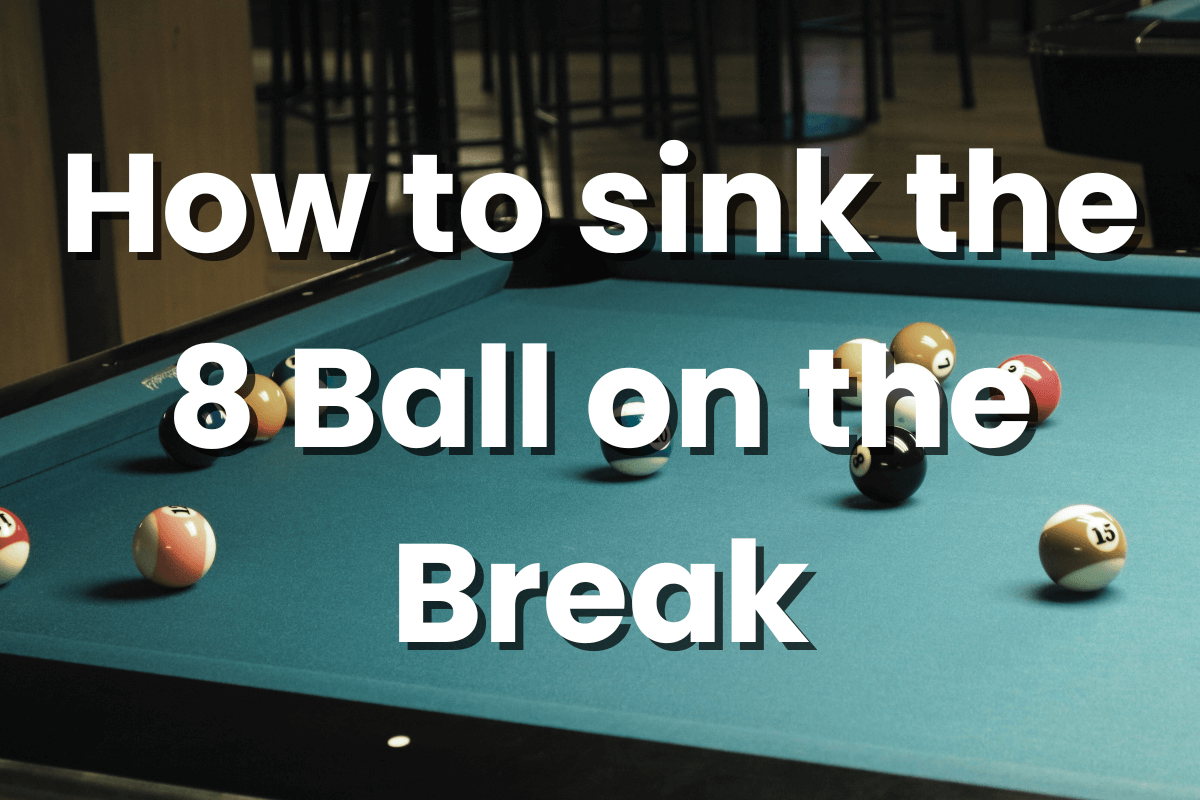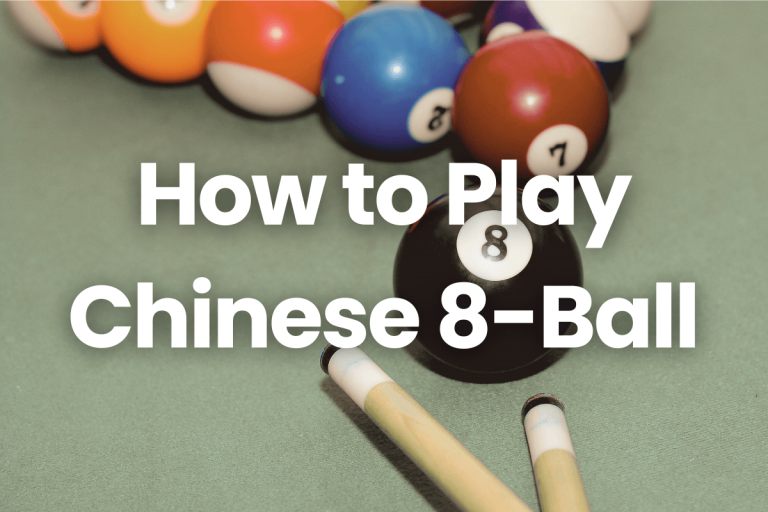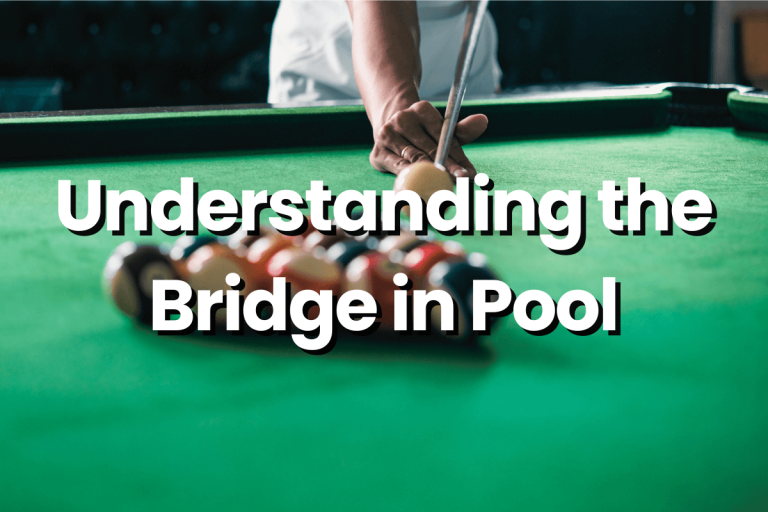Sinking the 8 Ball on the Break | Tips for Instant Win (2024)
Pool, a classic game of skill and strategy, captures the excitement and challenge of sinking balls into pockets on a table. Among these, the 8 ball holds a unique position. Successfully sinking the 8 ball on the break – a rare and skillful feat – can instantly elevate a player from novice to legend. This remarkable move showcases exceptional skill and triggers an “instant win” rule, bringing the game to a thrilling and unexpected conclusion right from the start.
Understanding the Rules of Sinking the 8 Ball on the Break
In the game of pool, specifically in 8-ball, the rules surrounding the break shot, particularly when involving the 8 ball, are crucial and can significantly impact the game’s outcome. Understanding these rules is key to both playing and enjoying the game correctly.
The Break Shot
Definition: The break shot is the initial stroke to start the game, where the player hits the racked balls to scatter them across the table.
Objective: Ideally, the player aims to pocket a ball to continue their turn, setting the stage for either stripes or solids.
Rules Regarding the 8 Ball on the Break
Instant Win: In some rule sets, pocketing the 8 ball on the break results in an automatic win. This is considered a skillful and lucky shot, marking a swift and impressive end to the game.
Re-Rack or Spotting the 8 Ball: In other variations, sinking the 8 ball on the break does not result in an instant win. Instead, two scenarios can occur:
- Re-Rack: The balls are re-racked, and either the same player breaks again or the opponent gets the chance to break.
- Spotting the 8 Ball: The 8 ball is placed back on the table at the foot spot, and the game continues with the same player taking another shot.
Important Considerations
Scratching on the Break: If the cue ball is pocketed (‘scratched’) along with the 8 ball, this typically leads to a loss in the standard rules. However, some variations may allow for a re-rack or spotting the 8 ball with a penalty.
Foul Play: Any foul committed during the break, like jumping the cue ball off the table, will impact the outcome, often leading to a turnover to the opponent with additional penalties.
Variations in Rules
The rules regarding the 8 ball on the break can vary significantly based on the specific rule set being followed (e.g., World Pool-Billiard Association, American Poolplayers Association, or local house rules). It’s essential to clarify these rules before the game begins to avoid confusion or disputes.
How to sink the 8 Ball on the Break
Breaking in pool, especially to sink the 8 ball, is both an art and a science. Here’s a simplified guide on how to achieve this impressive feat, tailored for various table sizes and incorporating key techniques.
Setting Up the Cue Ball
- Positioning on Different Tables:
- Nine-Foot Table: Place the cue ball a distance of one ball width from the breaking rail and three ball widths from the head string.
- Eight-Foot Table: Position it one ball width from the breaking rail and two and a half ball widths from the head string.
- Seven-Foot Table: Set the cue ball one ball width from the breaking rail and two ball widths from the head string.
- Personal Adjustments: Feel free to adjust the cue ball along the side rail or towards the table’s center if these positions don’t suit your style.
Targeting the Right Ball
Aim Properly: Line up your body, arms, and cue stick with the second ball next to the head ball, choosing the side according to your breaking position (right or left).
Avoid the Head Ball: Hitting the head ball directly might send the 8 ball in an unintended direction.
Applying English (Sidespin)
Technique: Apply English or sidespin to the cue ball. Visualize a clock on the cue ball’s side facing you.
From Right Rail: Use low left English, aiming around the 7:00 position.
From Left Rail: Apply low right English, targeting around the 5:00 position.
Experiment with the Angle: Some suggest hitting at 6:00, while others recommend 6:30 or 5:30.
Executing the Draw Stroke
Stroke Mechanics: Use a draw stroke, keeping your cue level and grip relaxed, following through with the cue tip pointing downwards.
Power Variation: Break speed can vary; professionals might break at around 36 mph, but effective breaks can be achieved at lower speeds. Find what works for you.
Follow-Through Impact: The follow-through is crucial in ensuring the cue ball rolls back towards you after the break.
Achieving the Goal
Expected Outcome: Ideally, while the cue ball recoils towards you, the 8 ball should travel towards and ideally into the side pocket on the opposite rail.
The Physics Behind sinking the 8 ball on the break
The physics behind a powerful and accurate break-in pool is a fascinating blend of kinetic energy, angles, and spin dynamics. These principles can significantly improve the effectiveness of a break shot.
Kinetic Energy and Force
Transfer of Energy: When the cue stick strikes the cue ball, it transfers kinetic energy. The effectiveness of this transfer depends on the speed and force of the stroke.
Optimal Speed: A faster stroke isn’t always better. The key is to hit with enough speed to transfer maximum energy without losing control.
Angle of Impact
Direct Hit vs. Glancing Blow: Striking the cue ball straight on versus at an angle affects how the energy disperses among the racked balls.
Sweet Spot: The ideal angle of impact ensures that the force is distributed evenly, leading to an effective spread of the racked balls.
Spin Dynamics
Topspin and Backspin: Applying topspin (by striking above the center) can propel the cue ball forward after impact, whereas backspin (below the center) can draw it back.
Side Spin: Striking the cue ball off-center laterally imparts side spin, affecting its trajectory post-impact and influencing the spread of the racked balls.
Cue Ball Control
Avoiding Scratch: Proper control of the cue ball is crucial to prevent it from following the 8 ball into a pocket (‘scratching’), especially in a powerful break.
Positioning for the Next Shot: Effective control of the cue ball’s speed and spin can position it favorably for the subsequent shot.
Rack Contact Dynamics
First Ball Impact: The initial ball in the rack that the cue ball contacts greatly influences the break’s outcome. A solid hit on the head ball or a strategic strike on the second row can significantly change the spread pattern.
Energy Distribution: The goal is to distribute the energy evenly across the balls, ensuring a wide and effective spread without clustering.
Conclusion
Perfecting the skill of sinking the 8 ball on the break involves careful cue ball positioning, targeted aiming, the strategic use of English, and a well-executed draw stroke. As every table and player has their quirks, adapting and experimenting with various methods is key. Embrace patience and persistence in your practice, continually refine your techniques, and above all, relish the process of enhancing your prowess in the exciting game of pool.
FAQs
Is it legal to win by sinking the 8 ball on the break?
Yes, in most rule sets, sinking the 8 ball on the break is a legal move and results in an instant win. However, it’s important to confirm the specific rules of the game you’re playing, as this can vary.
Should I aim for a specific part of the rack to increase my chances of sinking the 8 ball?
Yes, targeting a specific part of the rack can influence the likelihood of sinking the 8 ball. Many players find that aiming for the second ball in the rack, either to the right or left of the head ball, increases the chances of the 8 ball moving towards a pocket. This strategy, combined with the right amount of force and spin, can sometimes result in the 8 ball heading towards a side pocket. However, this requires precise execution and a bit of luck.
Why do I often scratch when trying to sink the 8 ball on the break?
Scratching (cue ball going into a pocket) often happens if the cue ball is struck too hard or with improper control. Focusing on a controlled, powerful break and avoiding excessive force can reduce the likelihood of scratching.
Does the type of pool table affect my ability to sink the 8 ball on the break?
Yes, factors like table size, cloth type, and ball quality can all influence the break. Adapting your technique to the specific conditions of the table you’re playing on is important.
What’s the best position for the cue ball when trying to sink the 8 ball on the break?
The optimal position can vary, but generally, placing the cue ball slightly off-center, either to the left or right of the table center, gives a good angle for striking the second ball next to the head ball. The exact position may require adjustments based on the table size and personal preference.
Can the type of cue stick I use affect my ability to sink the 8 ball on the break?
Yes, the type of cue can have an impact. A heavier cue stick can offer more power, which might be helpful for a break shot. However, it’s essential to use a cue that you’re comfortable with and that provides a good balance of power and control. Personal preference and comfort with the cue are key factors in executing an effective break.







